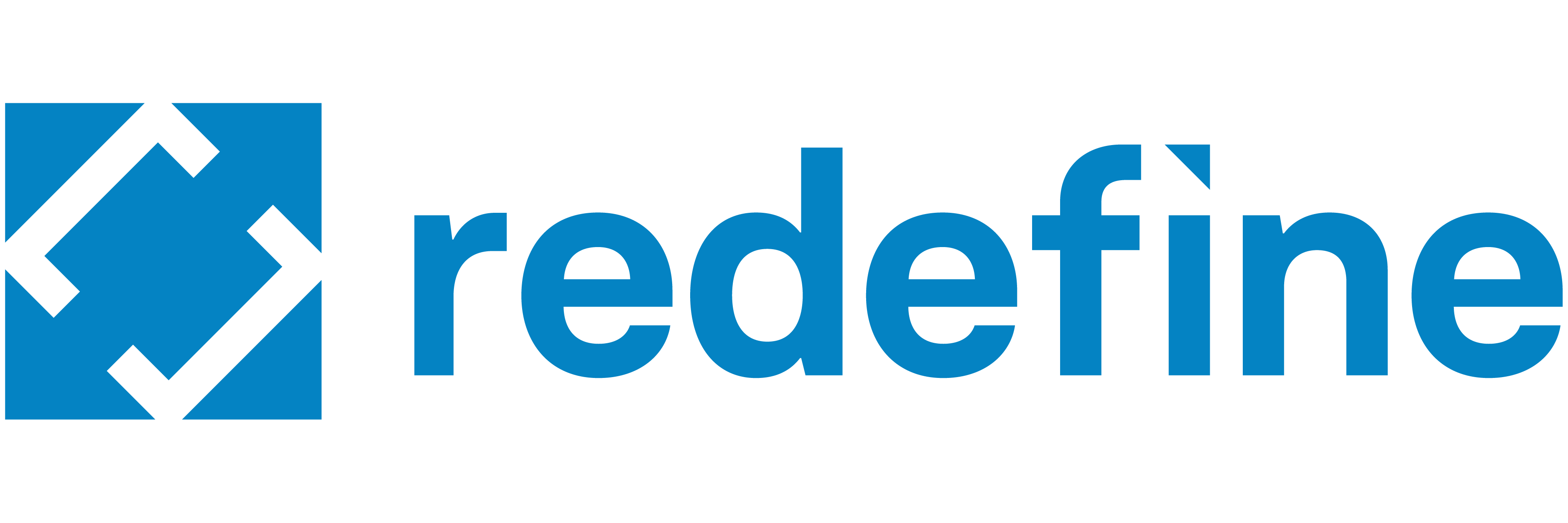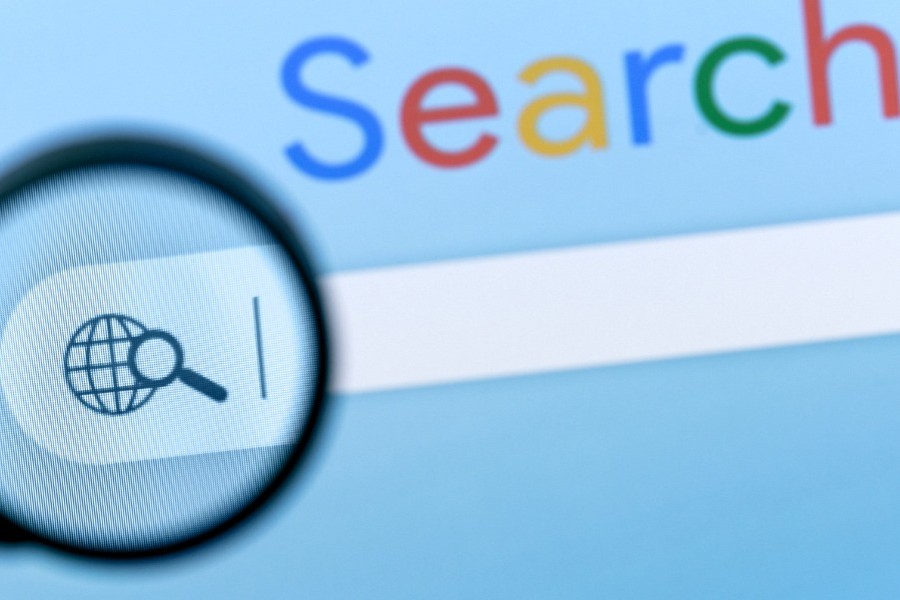- Getting organic traffic is only the first step in search engine marketing. To grow your business, you need to convert your traffic into customers.
- The conversion funnel has five stages: awareness, interest, desire, action, and loyalty. Understanding where users drop off helps you fix gaps.
- Customer journey mapping lets you tailor content and UX to different personas, making it easier to move people through the funnel.
- Setting SMART goals keeps your conversion strategy focused and measurable, with room to adapt as your data evolves.
- Analytics are essential to CRO. Use them to monitor click-through rates, identify drop-off points, and refine your content.
- Strong content drives conversions. Tools like FAQs, lead forms, and customer testimonials can guide users toward action while building trust.
So you’ve boosted your organic leads. You’ve used best practices to make sure your content reaches the top of search engine results pages (SERPs), and you’re attracting clicks. Congratulations! This is a crucial step in turning users into customers – but it’s only the first step.
After all that hard work creating awesome content and optimizing it for today’s search landscape, the worst mistake you can make is letting it all go to waste.
If you’re earning clicks, what you have in your hands is enormous potential. People are looking at your content. The next step is turning those people into customers. But how do you increase conversion rate?
In today’s blog, we’re walking through some tried-and-true strategies for increasing conversion rates. Don’t let your organic leads dry up!
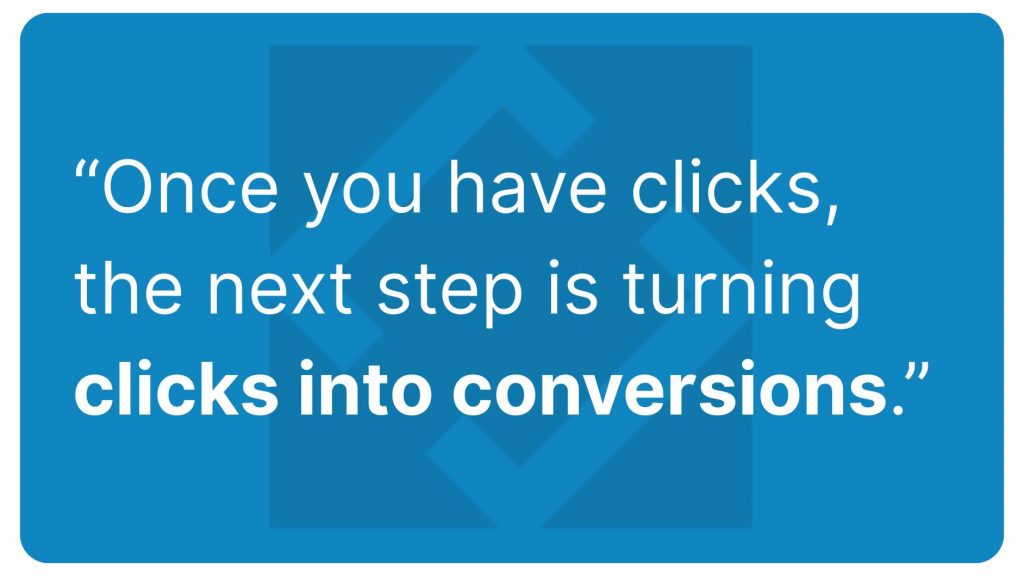
Understanding the conversion funnel
Conversion is what happens when a visitor to your website completes a desired action. Often, this is a purchase or subscription. Conversions can take other forms too, but in all cases, it’s an action you need users to take in order to keep your business thriving.
No matter what your goals are, your website needs conversion rate optimization. Conversion rate optimization (CRO) refers to a set of practices and strategies used to drive users toward that desired action – in other words, it’s how you increase conversion rate.
As with all digital marketing, CRO is not something you can improvise, but instead requires analytics and careful planning. A great place to start with CRO is understanding the conversion funnel.
Picture a funnel. It’s wide at the top and narrow at the bottom. Now imagine that your website visitors are flowing through that funnel. They enter as casual browsers, where the funnel is widest, and exit as customers through the funnel’s narrow bottom.
In organic search, like all marketing, this wide-to-narrow progression is natural. You will always have more users at the top of the funnel than the bottom. What matters is that you capture users in that funnel in the first place. It’s the goal of your website to grab as many users as possible at the top of the funnel so you have the highest odds of guaranteeing that some of them travel all the way to the bottom.
The 5 stages of the conversion funnel
The conversion funnel is comprised of five stages or sections, listed below, from top to bottom:
- Awareness: At this top-most level, users are coming into contact with your brand for the first time. In organic search, this can look like clicking on a blog post that they’ve found in search results, or seeing a video you posted on social media.
- Interest: Users who have clicked through to your content and engage with it are showing interest in your brand or products. This makes them potential customers.
- Desire: Once a user has entered the interest phase, it’s crucial to nudge them toward a desire to purchase or subscribe.
- Action: This is the conversion! The user takes the action that closes the deal, converting from a lead to a customer.
- Loyalty: True masters of marketing don’t stop at conversions, but use organic marketing strategies to keep customers coming back again and again.
Understanding the conversion funnel and using analytics to track how potential customers are traveling through it is more important in organic search today than ever before. It’s a vital part of the process to increase conversion rate.
Research shows that up to 94% of clicks go to organic results. That means a massive number of most brands’ leads are organic, so organic SEO should form a substantial portion of your CRO strategy.
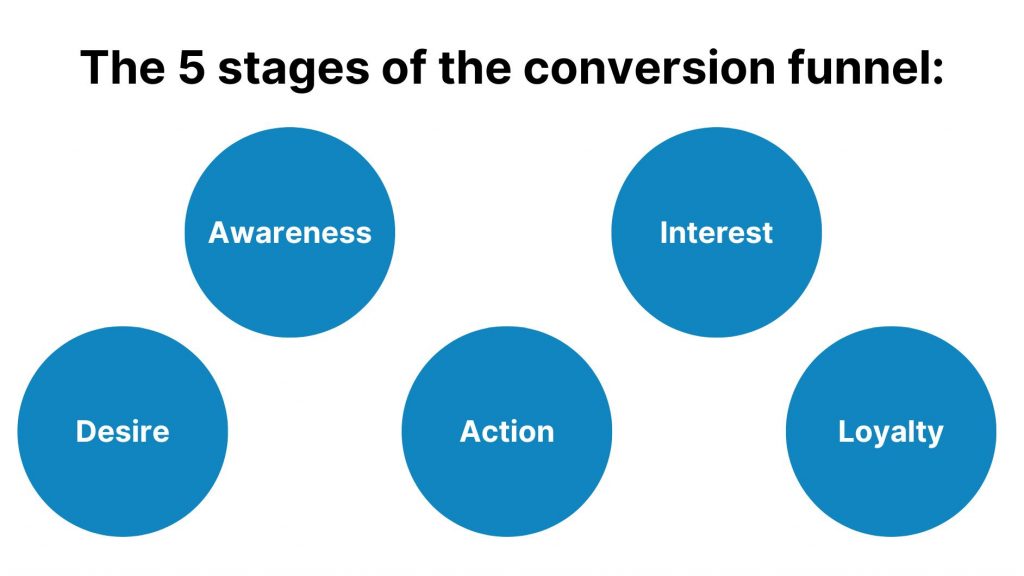
Mapping the customer journey
While the conversion funnel is a tool for understanding the universal stages all potential customers go through, the customer journey (sometimes called the user journey) provides a framework for mapping the experiences of specific types of customers, or personas, as they travel through your brand’s funnel.
Customer journey mapping is one of the most effective practices for increasing conversion rates. A customer journey map is a visual representation of a customer’s experience with your brand, service, or products. In user journey mapping, you create customer personas and then map out how those personas might travel through the conversion funnel toward your desired transaction.
Once you’ve mapped out the specific experience of potential customers through the point of view of a particular persona, you can use those insights to optimize your site’s user experience (UX), as well as your content.
Practical tips to increase conversion rates
Create SMART goals
To increase conversion rate, you’ll need careful planning. First, determine what “conversion” means for your brand and identify the steps you’ll take to achieve it. There’s no better way to do that than by setting SMART goals.
SMART goals are just what the name implies: they are goals that are Specific, Measurable, Achievable, Relevant, and Time-Based. Far from being a specific marketing tool, the concept of SMART goals is based on psychological research. This makes it applicable to anyone in any field.
Goal-setting doesn’t just happen at the start of a campaign, either. Instead, it should be an iterative process in which you periodically revisit and adjust your goals based on new data. That’s where analytics comes in.
Utilize analytics
Like all aspects of digital marketing, you can’t increase conversion rate without keeping your finger on the pulse of how potential customers are (or aren’t) engaging with your brand. Those powerful analytics tools you spend hard-earned revenue to access are designed to make this easy.
Start with top-of-the funnel insights, such as click-through rate (CTR). By representing the percentage of people who see your URL on a SERP and actually click on it, CTR measures your success in taking users from the Awareness phase to the Interest phase of the conversion funnel.
Once you understand and optimize your CTR, you can further use analytics to set those clicks on the path toward conversion. That means using data to make strategic choices about your content and UX.
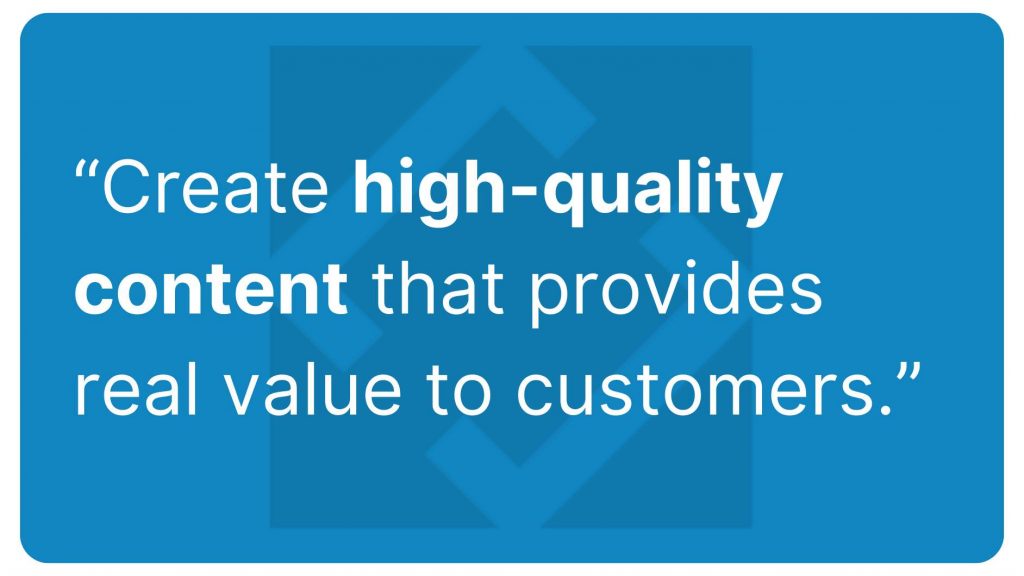
Diversify and optimize content for conversion
The power of analytics lies in its ability to reveal actionable insights to make data-driven decisions about your content. This can look like creating new types of content, repurposing old content, redesigning or reorganizing your website, and everything in between.
For example, one effective practice to boost both CTR and conversion rates is the Frequently Asked Question (FAQ) page.
A good FAQ can do a lot of heavy lifting for SEO. It simultaneously boosts your rankings by letting search engines know what your site is about and highlighting high-leverage keywords, while also fostering trust and credibility. The more a user knows about your products or services – and how your brand can meet their specific needs – the more likely they are to make a transaction.
This is just one of many strategies you can use to increase conversion rates through content. Others include but are far from limited to:
- Lead forms: A simple, visually engaging lead form at the bottom of every blog post encouraging customers to subscribe to your company newsletter can be a high-leverage CRO practice.
- Digital assets: Create high-quality content like ebooks and white papers that can be downloaded from your site or shared on social media. Any time you can provide something valuable to customers – while capturing who downloaded or engaged, when, and how they got there – you’re improving your chances of turning a lead into a customer.
- Targeted content: Build a keen understanding of who your customers are and create specific, targeted content that meets their needs. Customer personas can help you understand what kinds of content your customers want, while SEO strategies like targeting long-tail keywords can help you capture leads who are more likely to convert.
- Customer testimonials: Well-written and well-curated testimonies can be turned into evergreen content that shows potential customers why your product or service is worth it. Using careful site design and a multimedia format – such as including photos with the written testimonial, or including video testimonials – further provides a seamless user experience while building users’ trust in your brand.
Leading the way
If you’ve done a good job getting your customers onto your site, the worst thing you can do is leave them there, exposed to the elements, thirsty for more.
In the desert of organic search, be the mirage that turns out to be real. Lead users safely to the oasis of your product or service. With the tips above, we hope you’ve gained the confidence to guide your potential customers through that journey.
But if you still need reassurance, we’re happy to provide it! Get in touch with the Redefine team today to learn more about turning leads into loyal customers.
